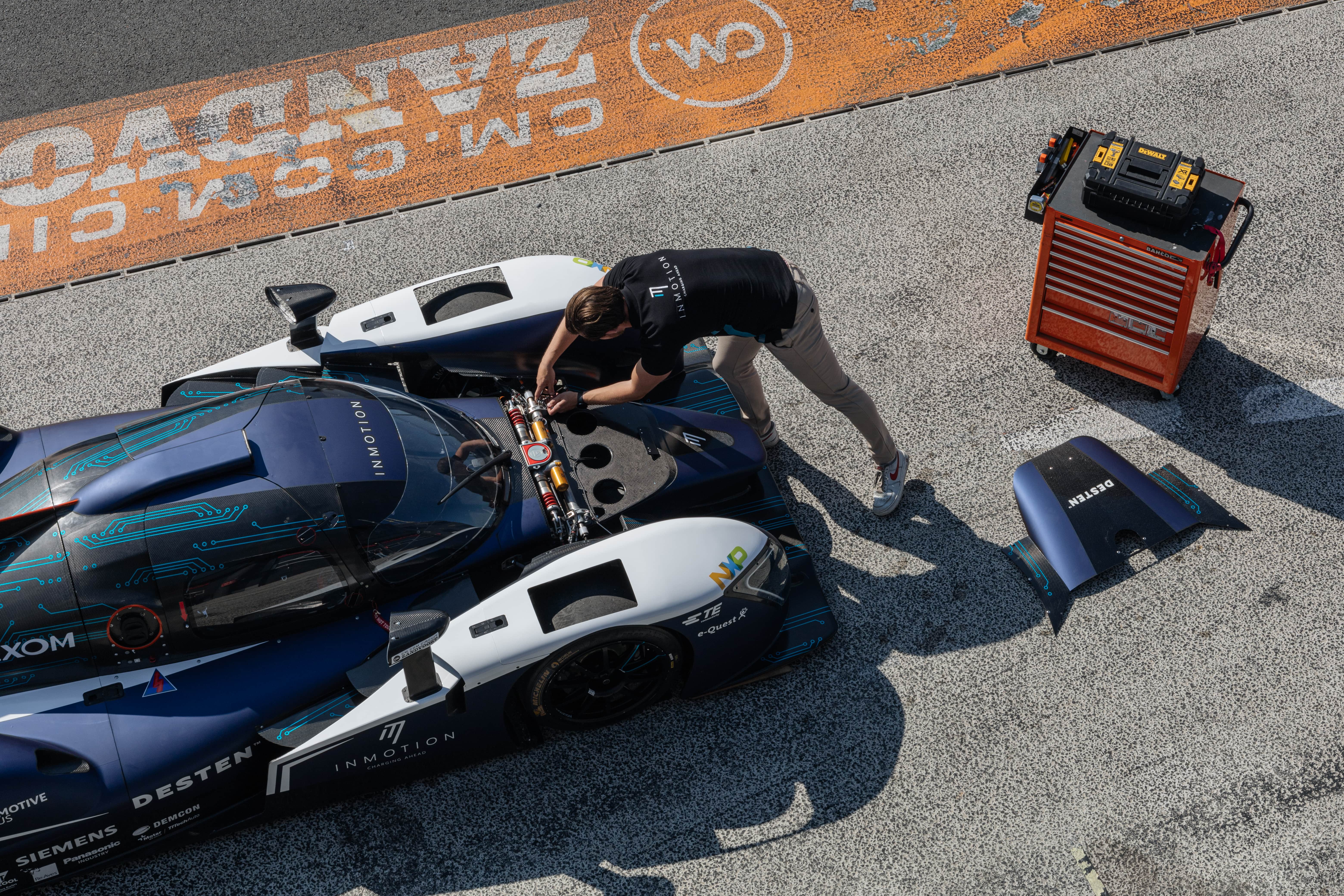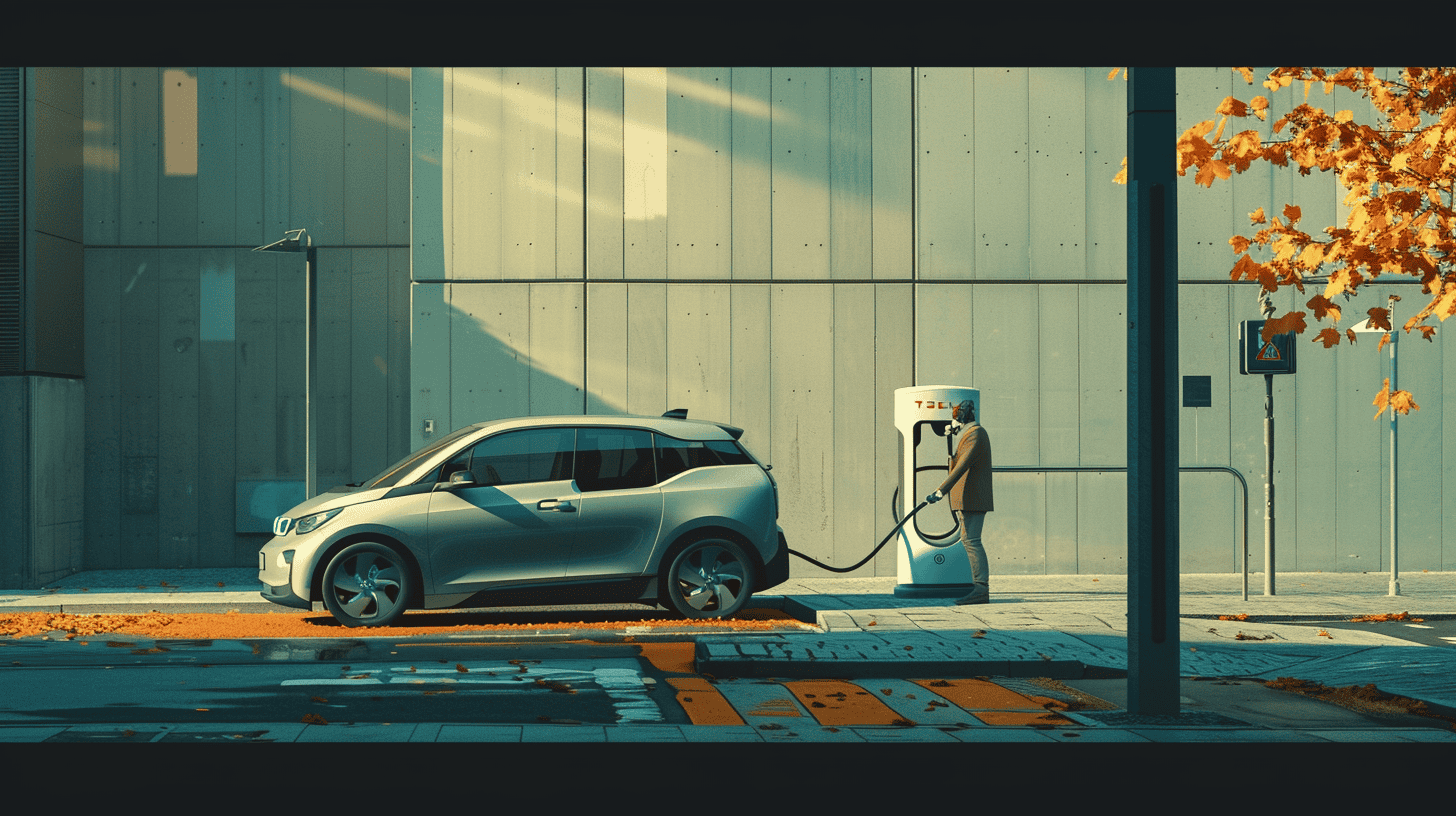
Formula E, the electric car racing championship, has been transforming the motor racing landscape since its inception in 2014. Supported by major brands and teams, this eco-friendly racing league has been a hotbed for innovation. Alejandro Agag, the league’s promoter, believes that Formula E could rival Formula 1 in terms of speed and efficiency. Beyond the track, Formula E’s innovations are influencing the broader automotive industry, with advancements in battery and motor technology paving the way for a greener future. Its ninth season features Gen 3 cars, touted as the ‘world’s first net zero carbon race cars’, showcasing Formula E’s commitment to electrification.
- Formula E serves as a laboratory for innovation, pushing the boundaries of electric vehicle technology.
- The innovations developed in Formula E are influencing the broader automotive industry.
A Breeding ground for innovation
At its core, Formula E is more than just a racing series — it’s a laboratory for innovation, pushing the boundaries of what is possible in electric vehicle technology. The championship has seen revolutionary changes in on-track technology, with advancements in power, performance, and sustainability. The Gen 3 cars, which debuted in 2023, have a more powerful batteries, lighter weight, and an innovative regenerative braking system. The system in Formula E is far more efficient than what is found on your normal EV, converting more kinetic energy into electric energy to recharge the batteries.
One of the more innovative features of Formula E is the ‘Attack Mode’. This feature allows drivers to unlock extra power from their cars momentarily, adding an exciting strategic element to the races. This technology could potentially be applied to road cars, providing short bursts of additional power when needed, such as overtaking or hill climbing.
From the track to the streets
The innovations in Formula E are not confined to the track. They are influencing the broader automotive industry, accelerating the development of electric vehicle technology. Since the first season of Formula E, the number of electric car models has increased sixfold, and the battery capacity and range of consumer EVs have significantly improved.

Formula E’s focus on efficiency aligns with the market’s desire for more energy-efficient cars. The technology developed and tested in the high-pressure environment of racing can lead to breakthroughs for road cars. For example, the advancements in battery technology and energy management in Formula E could lead to longer ranges and shorter charging times for consumer electric vehicles.
Promoting sustainable urban mobility
Aside from pushing the boundaries of electric vehicle technology, Formula E also aims to promote sustainable transportation in urban areas. The championship races take place on temporary street circuits in major cities worldwide, raising awareness about the potential of electric cars to reduce air pollution and traffic congestion. The ‘Smart Cities Initiative’ launched by Formula E aims to promote sustainable mobility in urban areas worldwide.
Formula E is also exploring micro-mobility solutions in partnership with Zinc Sports, launching a range of micro-mobility vehicles such as e-scooters, e-bikes, and kick scooters. These vehicles could play a critical role in sustainable urban transport in the future, offering solutions for last-mile travel and reducing the reliance on cars for short trips.
Championing sustainability
Sustainability is at the heart of Formula E. The championship achieved a net-zero carbon footprint from its inception by investing in certified projects to offset emissions from its six seasons of electric racing. Formula E is the first and only motorsport series to hold a certification for sustainable events (ISO20121) and has committed to reducing its emissions by 45% by 2030.
Formula E’s commitment to sustainability extends beyond the race track. The series adopts a circular economy approach, using recycled or reused materials and aiming to become “carbon-neutral” by 2030[3]. Formula E cars are powered by renewable energy sources, and the series has initiated the “Race Against Climate Change” campaign to inspire action against climate change.







